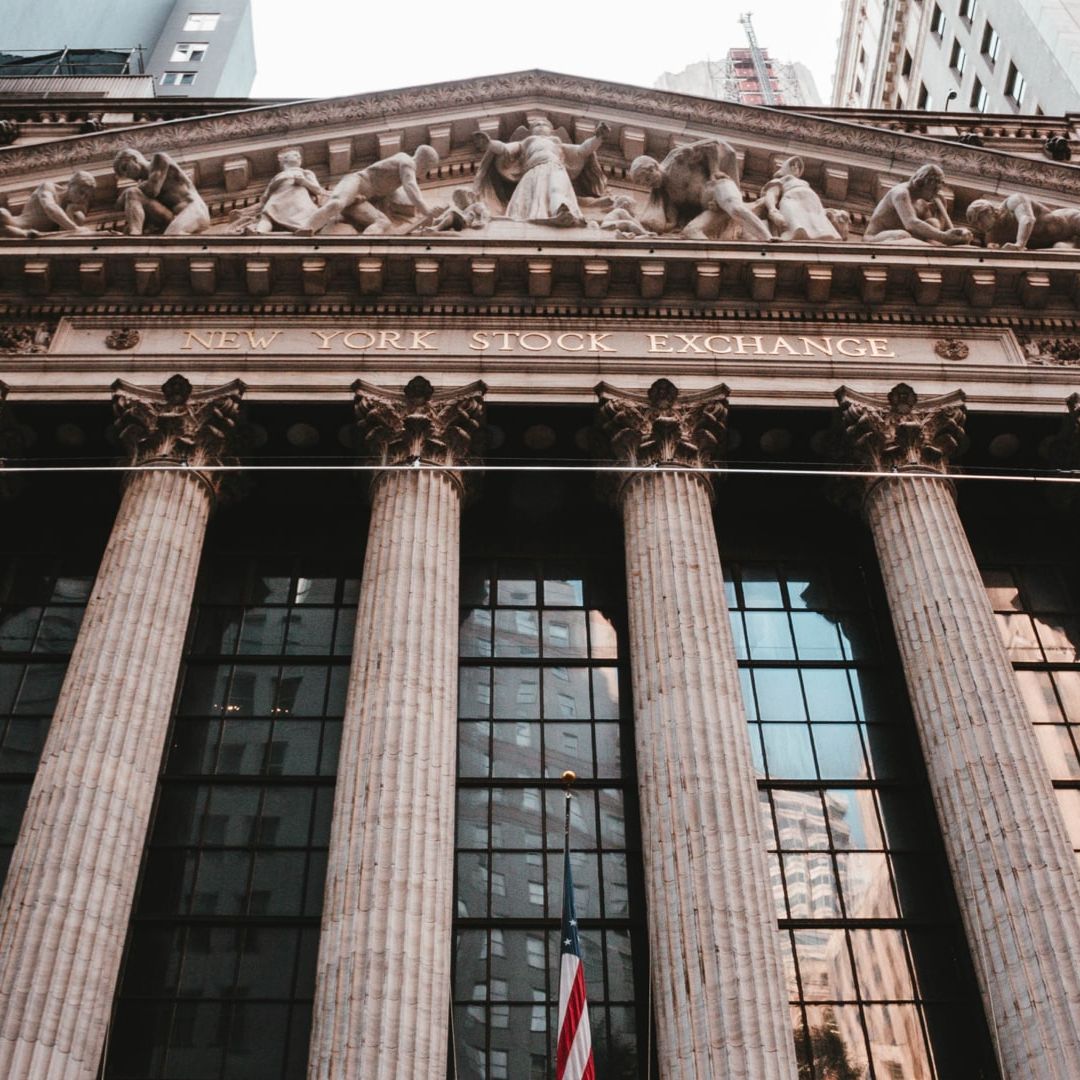The U.S. stock market will remain open on Monday, Oct. 9, to observe both Columbus Day and Indigenous Peoples Day. However, it's important to note that the bond market will be closed, which is a significant event on Wall Street.
Due to the closure of the federal government, the U.S. Treasury market, valued at roughly $25 trillion, will also remain closed. Additionally, the broader U.S. bond market will not be operational. There will be no economic data releases, and Federal Reserve staff members are not scheduled to speak.
David Kelly, chief global strategist at JP Morgan Asset Management, expects a relatively quieter day in the stock market. This could potentially provide some relief from the recent sharp selloff experienced in financial markets.
Uncertainty has permeated Wall Street as long-term Treasury yields rapidly rise. This increase may have been triggered by the Federal Reserve's discussion of higher interest rates likely persisting until 2024 and beyond.
Other factors contributing to this market volatility may include heavier Treasury issuance, political chaos, concerns about the U.S. debt load, worries of long-term Treasury yields exceeding 5%, and fears of a potential recession.
Bond Sell-Off Leads to S&P 500 Index Falling Near Key Level
The recent sell-off in bonds has had a significant impact on the S&P 500 index. In fact, the index came very close to testing a crucial level of 4,200 in the past week.
Market Dynamics and Analyst Views
According to portfolio strategists Jack Janasiewicz and Garrett Melson from Natixis Investment Managers, the selling pressure in the bond market has created a domino effect. They describe it as a "technically driven overshoot."
However, there is a glimmer of hope as the bond market takes a day off on Monday. This breather could allow Wall Street to prepare for what lies ahead.
Treasury Yields and the Fed's Rate
On Thursday, the 10-year and 30-year Treasury yields (BX:TMUBMUSD10Y and BX:TMUBMUSD30Y) showed signs of retreating from their recent highs. These yield levels haven't been seen since the lead-up to the 2007-2008 global financial crisis.
Although there has been a slight decline, the yields remain relatively high at approximately 4.7% and 4.89%, respectively. These levels are historically significant and are nearing the Federal Reserve's short-term policy rate of 5.25%-5.5%, which is a 22-year high.
Future Expectations
JPMorgan's Kelly believes that the economy will eventually experience a setback, leading to a recession. In response, the Federal Reserve will likely cut rates.
Overall, market participants are closely observing the bond market and its impact on equity markets, anticipating both short-term and long-term consequences.

Leave A Reply
Your email address will not be published. Required fields are marked *